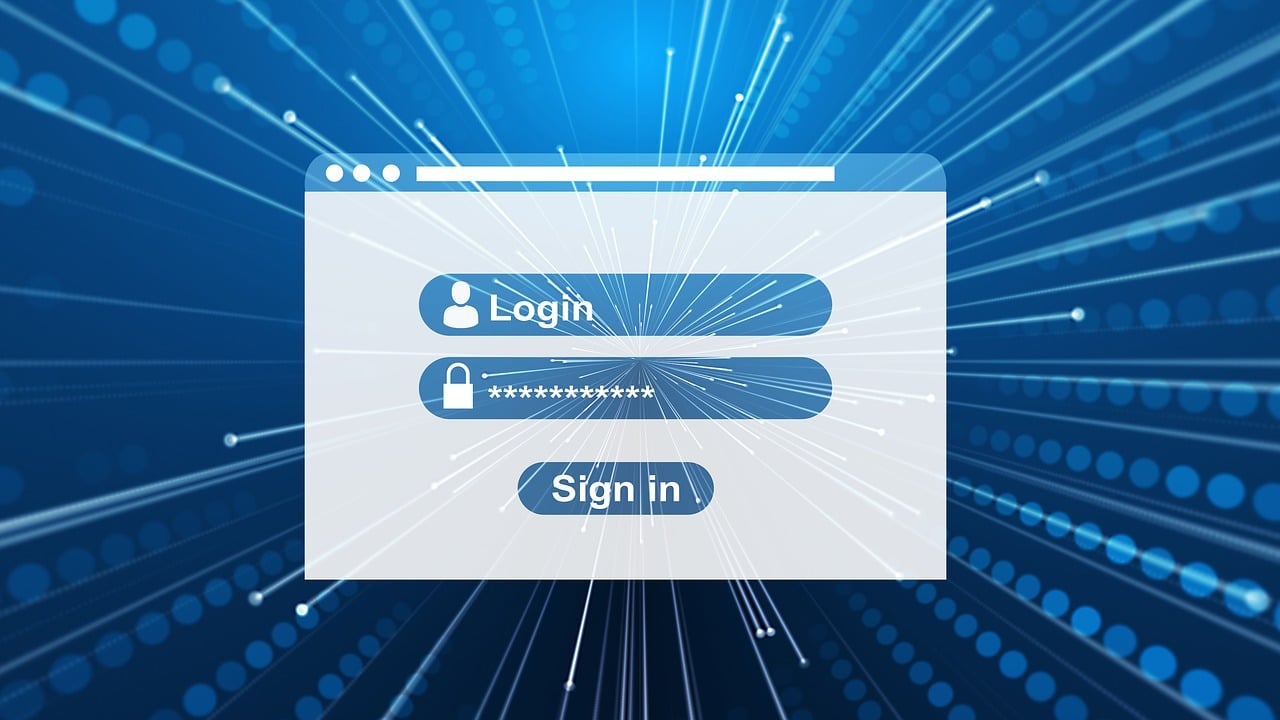Robust cybersecurity is increasingly necessary as cyber threats grow more sophisticated and damaging. Multi-factor authentication (MFA) – a process which requires users to provide multiple forms of verification before gaining access to their accounts – mitigates the risks associated with compromised passwords, a primary target for cyber attackers.

MFA involves utilizing a combination of different authentication factors to verify a user’s identity. These factors typically fall into three categories:
- This includes traditional credentials like passwords or PINs
- Physical devices such as smartphones, hardware tokens, or smart cards
- Biometric data such as fingerprints, facial recognition, or voice patterns
The strength of multi-factor authentication lies in its layered approach. Even if one variable (like a password) is compromised, the additional factors still protect the account.
Current MFA Technologies
In 2024, several MFA technologies and methods are prevalent, each offering varying levels of security and convenience:
One-Time Passwords (OTPs): OTPs are temporary codes sent to or generated by a user’s device. These are typically received via SMS, email, or through authenticator apps like Microsoft Authenticator. While OTPs provide an extra layer of security, their reliance on SMS has made them less secure due to vulnerabilities like SIM swapping.
Biometric Authentication: Biometrics have become more advanced and widespread, leveraging features like fingerprint recognition, facial recognition, and iris scans. These methods are user-friendly and offer a high level of security, though they are not immune to spoofing and privacy concerns.
Hardware Tokens: Physical devices such as USB keys or smart cards provide a secure method of authentication. These devices generate unique codes or use cryptographic protocols to authenticate users. Hardware tokens are highly secure but require users to carry an additional device.
Push Notifications: Push-based MFA sends a notification to a user’s device, prompting them to approve or deny a login attempt. This method is convenient and reduces the risk of phishing attacks since users can verify the authenticity of the login attempt.
Multi-Factor Authentication: Advancements and Trends
Several key trends are shaping the future of MFA:
Passwordless Authentication: There is a growing shift towards passwordless authentication, where MFA methods eliminate the need for traditional passwords altogether. This trend aims to reduce the risk associated with password theft and management.
Adaptive Authentication: Adaptive or risk-based authentication dynamically adjusts security measures based on contextual factors such as the user’s location, device, and behavior patterns. This approach balances security and convenience by applying stricter authentication requirements in higher-risk scenarios.
Integration with Identity Management Systems: MFA is increasingly integrated into broader identity and access management (IAM) systems, providing a unified approach to security. This integration helps organizations manage user identities and access controls more efficiently.
User Experience Enhancements: As MFA becomes more prevalent, there is a focus on improving the user experience. Innovations aim to make MFA more seamless and less intrusive, reducing friction while maintaining high security standards.
MFA Challenges and Considerations as We Move Forward
Despite its advantages, MFA is not without challenges. Security concerns related to biometric data, the potential for device loss or theft, and user resistance to adopting new technologies are notable issues. Therefore, companies must thoughtfully evaluate and balance security needs with user convenience to ensure effective MFA implementation.
If your SMB is looking to enhance your security protocols but you need help in assessing your options, call Alliance IT. We can work with you to sort through the available verification methods to ensure that your business can prevent unauthorized access and mitigate cyber threats. As technology evolves, we can ensure that you understand the most user-friendly and robust authentication solutions, making digital security both more effective and accessible for any size company.
